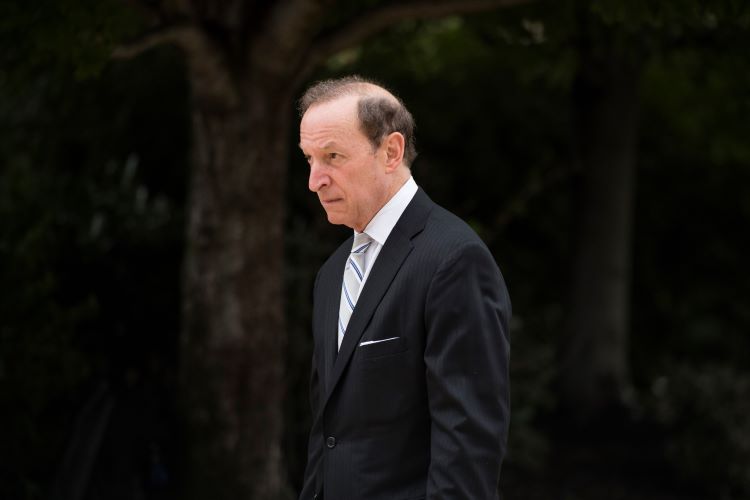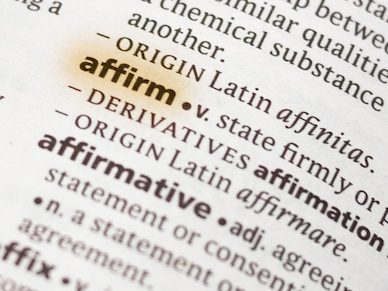Keeping Your Federally-Funded Inventions: Requirements to Comply with the Bayh-Dole Act | Rothwell, Figg, Ernst & Manbeck, P.C.
Federal funding is a huge boon for companies, universities, and research institutions conducting innovative research. However, it comes attached with requirements that can become a stumbling block, especially for emerging and smaller companies. Any invention conceived or reduced to practice with the assistance of federal funding is subject to the Bayh-Dole Act, which provides for ownership of such inventions, but only if the grantee (referred to in the Act as a “contractor”) abides by the terms of the Act. Failing to do so can result in the loss of ownership rights to the government. Thus, complying with these obligations is very important for contractors, as well as for licensees of such federally-funded technologies.
Importantly, during due diligence investigations, failures to comply with Bayh-Dole requirements can raise red flags and cast doubts as to ownership of intellectual property because the government could potentially have the right to take title due to non-compliance.
Here are some key requirements and deadlines to watch out for, including a few that were changed as of May 14, 2018:
Reporting Requirements
- Inventors must disclose each invention promptly in writing to the contractor.
- The contractor must disclose the invention to the funding agency within two months of the written disclosure of the invention through the government’s electronic system, iEdison.
Election Requirements
- The contractor must elect whether to retain ownership of the invention or relinquish ownership to the funding agency within the earlier of two years of disclosing the invention to the agency or 60 days prior to the end of any one year statutory period (e.g., publication, on sale bar, public use). The election can be made at the time of disclosure to the funding agency.
- We recommend filing a written request through iEdison to extend the one year deadline to file the initial application upon making the election.
Filing Requirements
- The contractor must file an initial patent application (provisional, utility, or PCT) within the earlier of one year after election to retain ownership of the invention or prior to expiration of any statutory bar.
- The contractor must file patent applications in additional countries or international patent offices within 10 months of the initial patent application (or 6 months from the date the USPTO allows the invention to be filed if there was a Secrecy Order in place).
- Note that the contractor still retains title in a non-U.S. country even if the application was filed after the specified time as long as a written request from the funding agency to take title is not received prior to the foreign application’s filing.
- If the initial patent application is a provisional, it must be converted to a U.S. utility, PCT, and/or foreign national application within 10 months. The contractor may request a two-month extension from the government.
- Note that this was changed from 12 to 10 months in 2018.
- While the extension is granted at the discretion of the government agency, we recommend requesting the extension upon filing any provisional application through iEdison.
- Patent applications must include a statement that the invention was made with federal funding and the government has certain rights in the invention.
Other Ongoing Requirements and Transfer of Rights
- The contractor must execute and promptly deliver all instruments necessary to establish/confirm the government’s rights in the invention.
- The contractor must notify the funding agency of any decision not to continue prosecution of a patent application. (The funding agency may take over prosecution of the application, but title to the invention does not transfer automatically to the government.)
- The contractor must agree that any products produced through the use of the invention by grantee or any exclusive licensee will be manufactured substantially in the U.S.
Complying with the requirements of the Bayh-Dole Act is necessary for companies to reduce the risk of losing ownership of their federally-funded research and inventions. Additionally, companies building their portfolios and seeking investors will want to ensure that any obligations under the Act, which might come up in a due diligence investigation, for example, have been met.
Keeping track of and complying with the requirements over time, particularly when there are multiple parallel or overlapping federally-funded research projects can pose a challenge for emerging companies as well as established research institutions and companies. As such, it is important to implement standard operating procedures to ensure compliance with the requirements. Additional information is available at the iEdison FAQ.
In view of the ongoing obligations and risk of loss of rights, patent counsel can be a useful resource to implement procedures to track and assist with meeting Bayh-Dole Act obligations. Given the various disclosure, election, filing, and ongoing requirements, a sophisticated reporting and docketing system is an important tool to facilitate and ensure compliance. In addition to providing assistance with implementing such systems, patent counsel can also assist with identifying any past failures to comply and advise on seeking extensions and correcting any failures.






